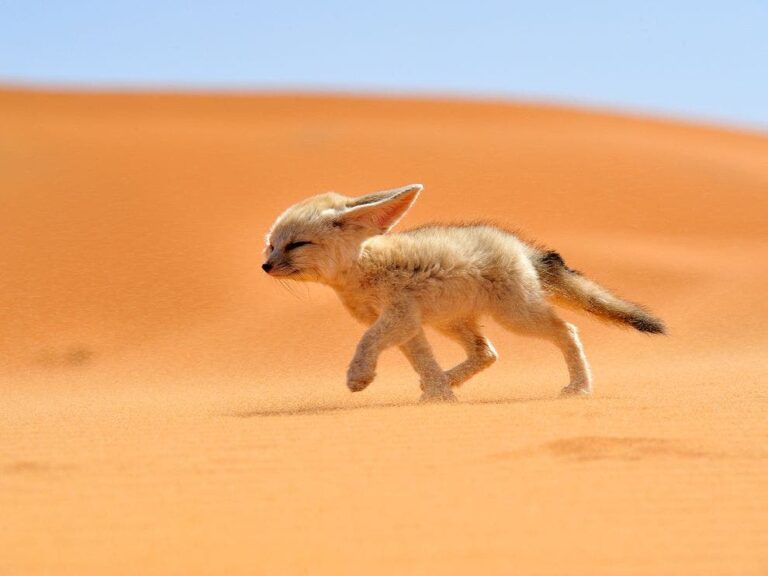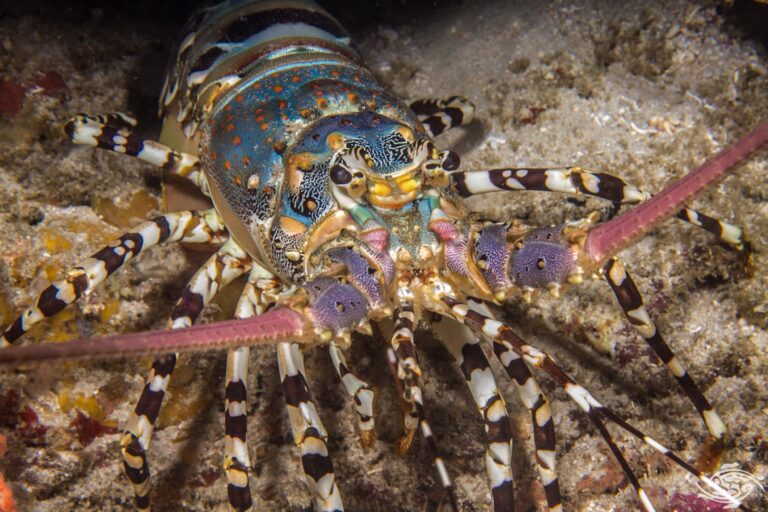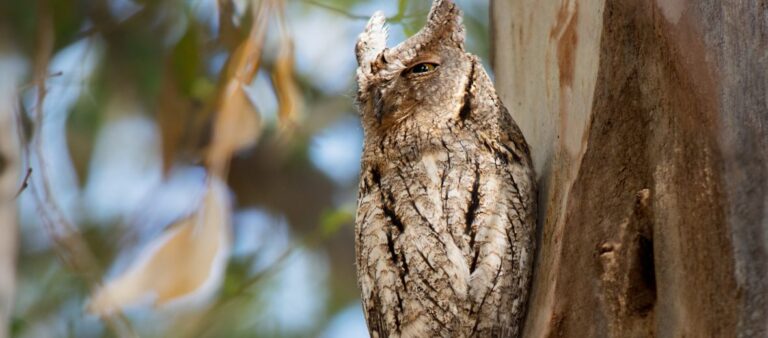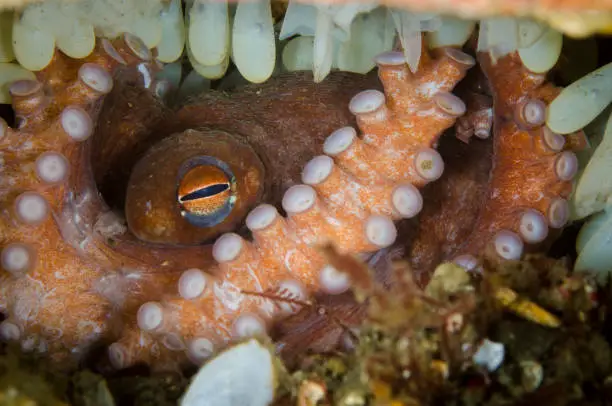The Mexican Amberwing Dragonfly: Nature’s Dazzling Jewel
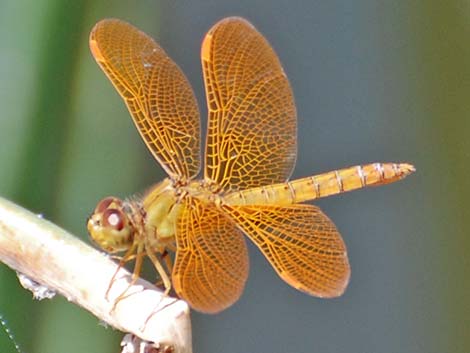
The Mexican amberwing dragonfly (Perithemis intensa) is a striking gem among the dragonfly species. With its vibrant colors and agile flight, it captivates the attention of entomologists and nature enthusiasts alike. This dragonfly, found primarily in the regions of Mexico and Central America, is not just a visual delight but also an intriguing subject of study.
A Glimpse of Beauty
The Mexican amberwing’s name is derived from its stunning amber-colored wings, which shimmer and catch the light as it flits through its environment. The wings, combined with its sleek body, make it one of the most eye-catching dragonflies in its habitat. Adults typically display a mix of warm amber and reddish hues, with intricate patterns that make each individual uniquely beautiful.
The dragonfly’s coloration is not only a visual treat but also plays a role in its survival. The bright colors can help in mating displays, while its agility allows it to evade predators with ease. Observers often marvel at the dragonfly’s graceful and swift movements, a testament to its evolution and adaptation.
Habitat and Behavior
The Mexican amberwing is often found near still or slow-moving water bodies, such as ponds, marshes, and streams. These habitats provide the necessary resources for both the dragonfly’s larval and adult stages. The larvae, which are aquatic, spend several months to years in the water before emerging as adults. This transformation is a fascinating part of their life cycle, showcasing one of nature’s most remarkable metamorphoses.
As adults, Mexican amberwings are highly territorial. They perch on vegetation or rocks, from where they can easily spot and chase away rival dragonflies. Their diet primarily consists of smaller insects, which they capture with impressive precision while in flight.
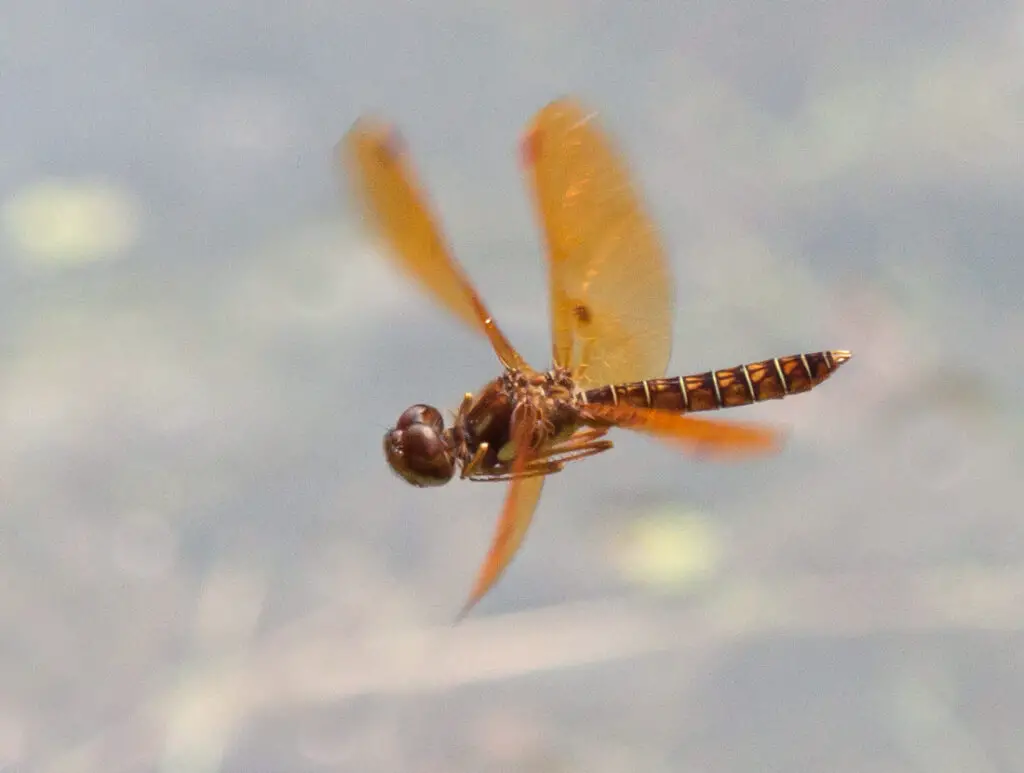
Conservation and Observation
While the Mexican amberwing is not currently considered endangered, it is essential to preserve its natural habitats. Environmental changes and habitat destruction can have significant impacts on dragonfly populations. Conservation efforts focused on protecting wetlands and water bodies can help ensure the survival of this beautiful species.
For those interested in observing the Mexican amberwing, the best time is during the warmer months when they are most active. Early mornings or late afternoons are ideal times to spot these dragonflies, as they are more likely to be hunting or mating during these periods. Watching them flit and hover is not only a joy but also a reminder of the delicate balance of our ecosystems.
Conclusion
The Mexican amberwing dragonfly is more than just a vibrant insect; it is a testament to the beauty and complexity of nature. From its dazzling wings to its intricate behaviors, this dragonfly offers a glimpse into the richness of biodiversity found in Mexico and Central America. By appreciating and protecting such species, we contribute to the preservation of the natural world and all its wonders.
Stay tuned for more fascinating insights into the world of insects and other wildlife. Our next post will delve into another amazing species that contributes to the rich tapestry of our planet’s biodiversity.


